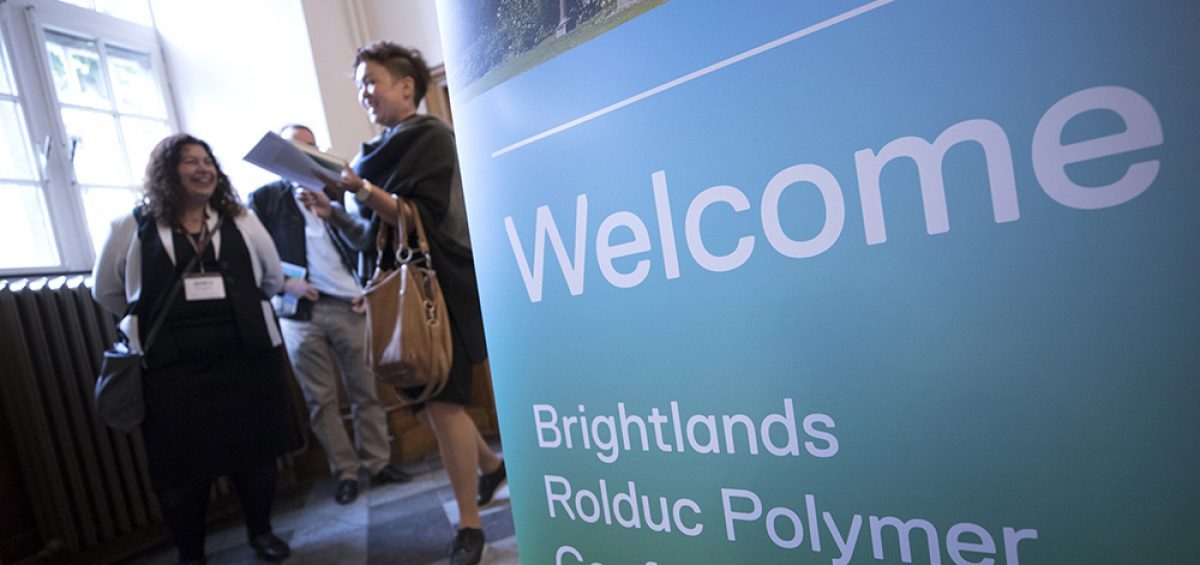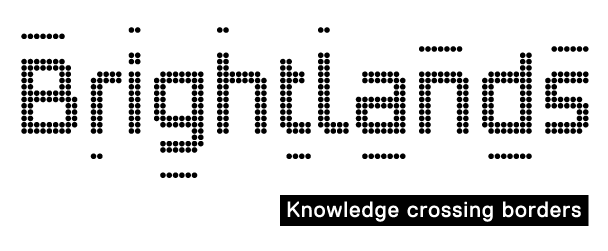The Brightlands Rolduc Polymer Conference was held from September 10 – 13 at the Rolduc Abbey complex in Kerkrade. This event brought together people from business as well as academics and students to meet one another and share the latest insights in the field of polymers.
The conference is a revival of the famous Rolduc polymer meetings that were held between 1985 and 2012. Brightlands breathed new life into this event in 2016. This year’s theme was “Innovative Polymer Materials for Future Mobility”.
Program
The conference was visited by nearly 100 participants and 25 students. They attended lectures given by experts such as Prof. Dr. Martin Möller (RWTH Aachen University), Dr. Wolfgang Falter (Deloitte), Prof. Dr. Sybrand van der Zwaag (TU Delft) and Dr. Linda Havermans (SABIC). More than 30 poster presentations were also on display, and were judged by a special committee led by Prof. Ludo Kleintjens (Ruhruniversität Bochum).
Awards ceremony
The first Brightlands Rolduc Award was presented to the founders of the Rolduc Polymer Meetings: Prof. Ludo Kleintjens and Prof. Piet Lemstra. The Brightlands Rolduc Poster Award went to Sjören Schweizerhof of DWI Leibniz Institute for Interactive Materials.
Polymers and the automotive industry
Prof. Dr. Martin Möller, RWTH Aachen University, explained why polymers are important for the future. “Because all developments, also from a historic point of view, are driven by materials. For the automotive industry, polymers are giving us the answers on important topics like self-healing, energy harvesting, transportation, and stiffness.” The next step to applications is still large, but the industry is changing a lot and new materials are driving it.
Dr. Wolfgang Falter, Deloitte, observed in this ten trillion-dollar ecosystem of mobility, with cars and automotive right in the middle of it, both transforming and disruptive trends. The most important drivers are safety, electrification, autonomous driving, lightweight, and preference in mobility: “Mobility as a service”. Dr. Linda Havermans of SABIC: “Automotive is moving fast, and we have to develop fast. It is just like cooking: all ingredients are available and we are mixing them up in a cost aware way.” At this moment SABIC focuses on the complete car, interior and exterior, and can make a car 20 kg lighter by replacing glass and metal by plastics. In five years, SABIC aims for -50 kg. The stiffness and aesthetics of plastics are still the most important challenge here.
Learning from nature
Prof. Dr. ir. Sybrand van der Zwaag, TU Delft, shared with us his way to choose a material improvement strategy: “How does nature handle performance over time? Nature does not try to avoid damage, but accepts it and learns how to repair it in a natural way. With self -healing materials it works the same.”



